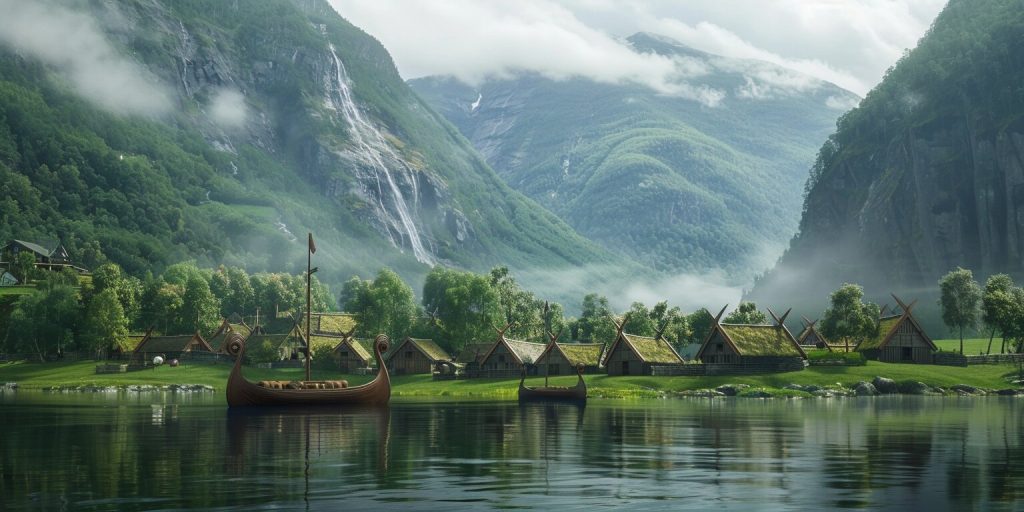Viking Sites, Vikings, Vikings in Norway
Viking Sites in Norway
Norway has a deep history. From the late 8th to the early 11th century, it was a key place for Viking culture, central to life in Haugesund. Today, Viking historical sites in Norway let people dive into the world of Norse explorers, traders, and warriors, providing an immersive Viking experience.
These sites are more than old ruins. They are doors to a time when the sea was a key part of life. They show how Vikings lived and what they achieved, capturing the essence of Norwegian heritage.
When you visit, you’ll see burial mounds, ancient settlements, and museums full of artifacts. These Viking archaeological sites in Norway are key to understanding Viking life. Let’s explore these landmarks together. Each one tells a part of the Vikings’ captivating story.
Featured Viking Sites
Norway is full of amazing Viking historical sites that take you back to the Viking era. You can see well-preserved ships and ancient burial grounds, which are often found near a stave church. Each place gives a special look into this interesting culture. Here are some top sites to check out:
1. Oslo’s Viking Ship Museum
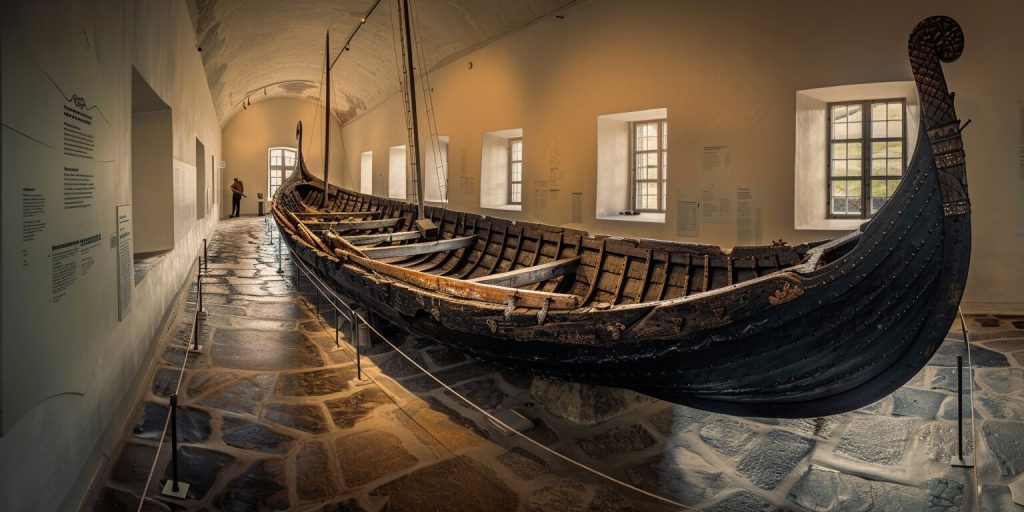
The Viking Ship Museum showcases the best Viking shipbuilding in Oslo’s heart. It has original ships like the Oseberg and Gokstad, over a thousand years old, and sometimes replicas for interactive experiences. These ships tell us about Viking life and burial customs, giving insight into Viking burial traditions.
2. Lofotr Viking Museum
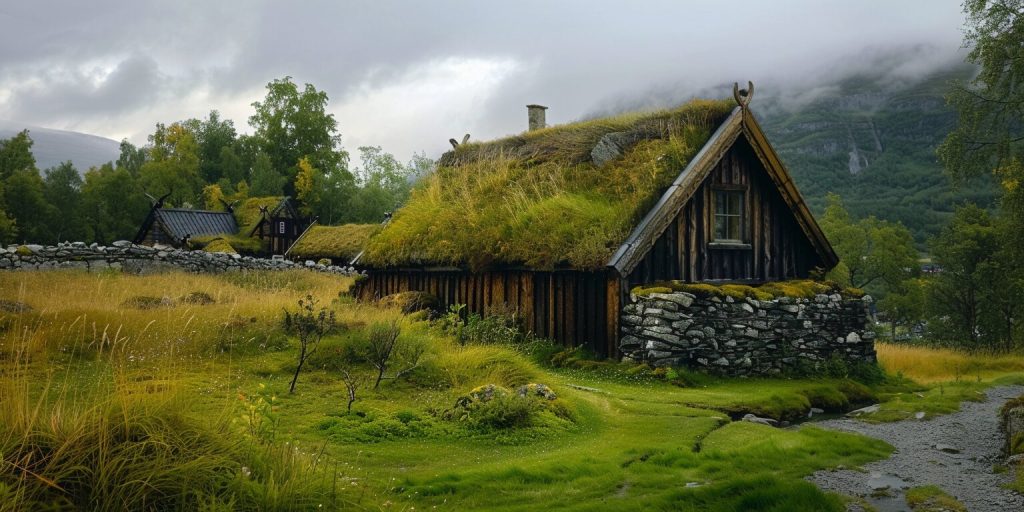
The Lofotr Viking Museum lets you dive into the Viking Age, offering a top Viking experience. It has a rebuilt Viking chieftain’s house where you can try traditional crafts, eat like a Viking, and do fun activities. It’s a place that brings the Viking spirit to life.
3. Borg in Lofoten
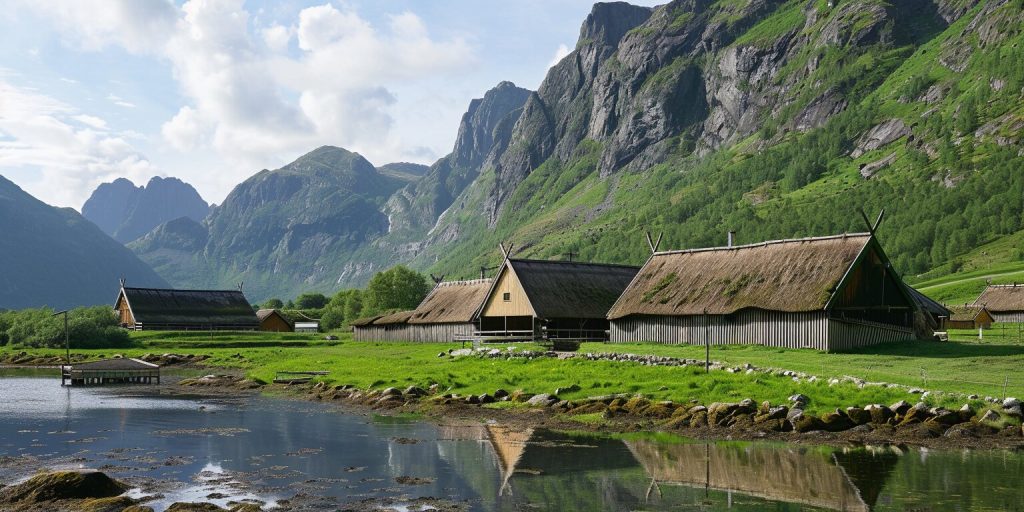
Borg in Lofoten has one of Norway’s biggest Viking-era longhouses. The site shows off real Viking architecture and items. Tours show Viking life and how they lived in this beautiful area.
4. Kaupang
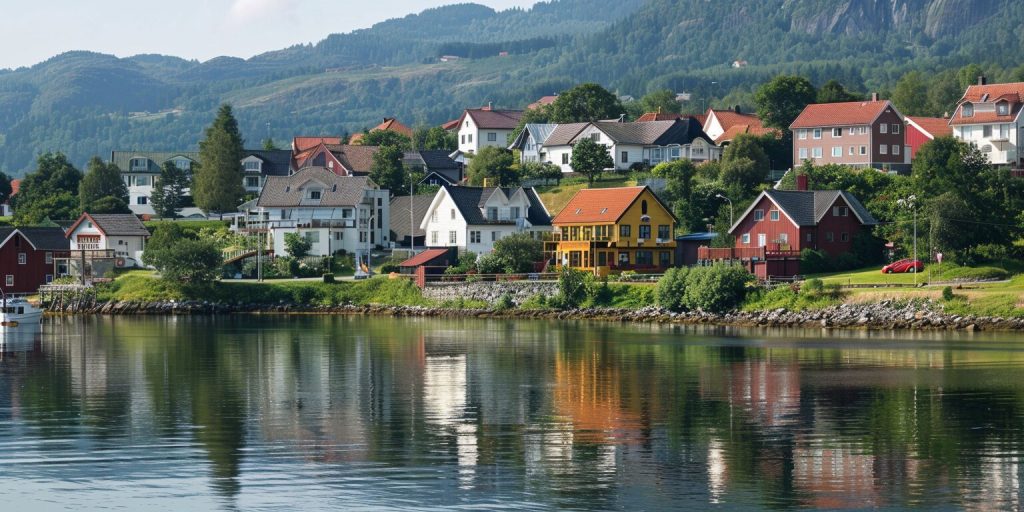
Kaupang is one of Norway’s oldest trading towns. It lets visitors see the busy trade that happens here. With ruins and artifacts found, Kaupang shows the importance of Viking trade and commerce.
5. Avaldsnes
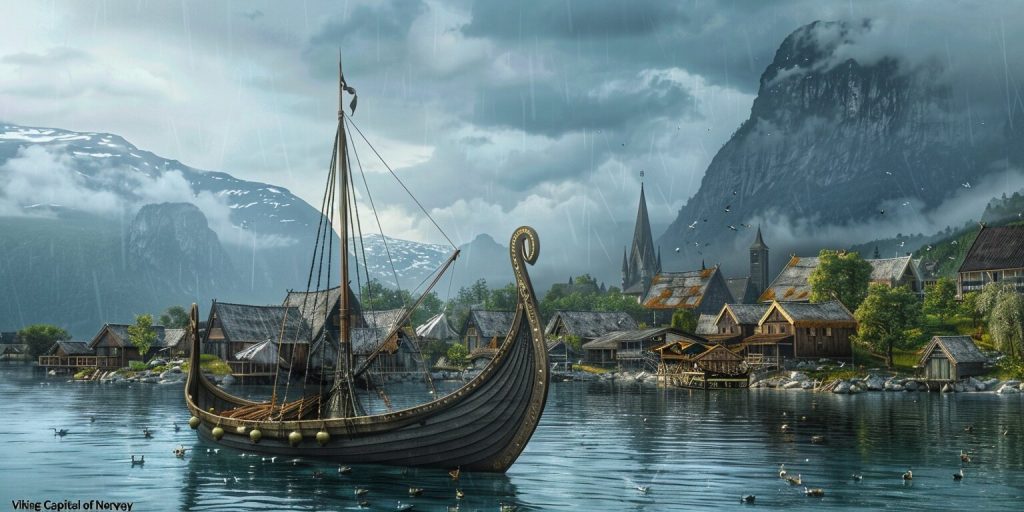
Avaldsnes is called the “Viking Capital of Norway” for good reason. Tours take you through the historic church, the Nordvegen History Centre, and Viking burial mounds. It’s a key spot in Viking history that’s a must-see for Viking fans, especially those visiting from cities like Larvik.
Travel Tips
Exploring Norway Viking sites is a chance for Viking enthusiasts to learn about the Viking Age. Here are some tips to make your trip better.
- Best time to visit: Summer, from June to August, is best for good weather. The sun stays up late, giving you more time to see things.
- Plan your itinerary: Norway’s attractions, especially its top Viking sites, are spread out. Plan your trip well to see everything you want.
- Local guides: A local guide can share important stories and history with you.
- Cultural events: Don’t miss local festivals or reenactments. They make your visit more special and show you Viking culture.
- Dress appropriately: Wear layers and comfy shoes. You’ll be walking a lot during your Viking experience.
Remember these tips for a great adventure through Norway’s Viking heritage. This trip will give you unforgettable experiences and connect you with Viking history.
Cultural Insights & Viking History
Viking culture is a fascinating mix of exploration, trade, and craftsmanship. Its history shows its strong spirit and ability to adapt. The Vikings lived in Scandinavia and beyond, doing more than just raiding; they established Viking settlements. They farmed, fished, and had vibrant social lives in their Viking settlements.
They celebrated traditions together, sharing stories and practices. These stories and practices are key to their cultural heritage.
- Viking ships were a symbol of their advanced naval design, allowing them to travel and trade over long distances across Norwegian fjords.
- Their skills in metallurgy and woodworking showed their artistic side.
- Beliefs in gods like Odin and Thor shaped their view of the world.
Today, the viking heritage still affects Scandinavian cultures. Festivals celebrate their traditions, like a modern-day Viking festival, bringing the past to life for new generations. By visiting Viking sites in Norway, we learn more about the lasting impact of these seafarers.
Final Words
Exploring Viking sites in Norway is more than just a trip back in time; it’s an authentic Viking experience. It’s a chance to feel the pulse of the Norse past, especially in top Norwegian Viking sites. At the Viking Ship Museum in Oslo and the Lofotr Viking Museum, you dive into a world of adventure and tradition, much like visiting a Viking village.
These sites tell stories that take you back to Viking days, often celebrated in a Viking festival. They show the craftsmanship and culture of the era. It’s an experience that brings Viking history and culture to life.
This is the place to be for those looking for the best Viking sites in Norway. You can row Viking ships or join in traditional feasts at Viking farms, particularly during a Viking festival. These activities give you a real taste of Viking life.
There are also festivals that celebrate Norse mythology and Viking culture. They let you dive deep into this fascinating heritage, reflecting the rich culture seen in places like Haugesund.
The beautiful landscapes around these great Viking sites make the experience unforgettable. You can walk through Borg’s reconstructed village or visit Kaupang’s ancient trading post. Each place shows you the beauty of Viking life, akin to living in a replica of a Viking village.
Norway is a treasure trove of Viking heritage. Like Gudvangen, it’s waiting for you to explore it.

